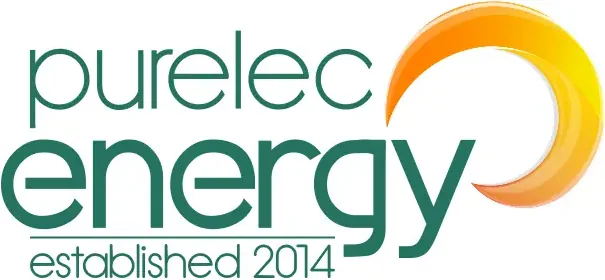
A recent report by BloombergNEF has underscored an urgent need to quickly deploy clean energy technologies in order to achieve net zero emissions by 2050.
BloombergNEF’s New Energy Outlook 2024 highlights that to stay on track for net zero, global renewable energy capacity must triple by 2030. Among the technologies discussed, solar power is set to play a pivotal role due to its cost-effectiveness and scalability.
Solar Power’s Rapid Growth and Economic Viability
Solar energy’s affordability and scalability make it a cornerstone of the renewable energy expansion and efforts to triple global capacity by 2030. As one of the most cost-effective renewable sources, solar power is poised to significantly reduce global emissions. The Economic Transition Scenario (ETS) detailed in the report indicates that solar, combined with wind energy, can account for 70% of global power generation by 2050. This shift is projected to halve emissions compared to a no-transition scenario, demonstrating the substantial environmental benefits of solar energy.
Enhanced Flexibility and Reliability
The integration of solar energy into the grid enhances flexibility and reliability, especially when combined with smart electric vehicle charging, battery storage, and flexible generators. This integration ensures that high penetrations of wind and solar do not incur higher costs, making the transition to a renewable-based power system both feasible and affordable. Furthermore, the ability to install solar panels on rooftops in both commercial and domestic settings provides resilience and energy security to those within the property, reducing their reliance on the grid.
Policy Support and Future Prospects
While the ETS assumes the adoption of clean-energy technologies where economically viable, achieving the Net Zero Scenario (NZS) requires additional policy support.
Speaking about the report, David Hostert, lead author and head of economics and modelling at BNEF said: “In the 18 months since we last updated our global scenarios, the energy transition has certainly accelerated – but not nearly enough. This report should serve as a wake-up call: we need a rapid decline in emissions starting from now – not in five years’ time – if net zero by mid-century is to remain a possibility.”
BloombergNEF’s New Energy Outlook 2024 presents a compelling case for the rapid deployment of solar power as a cornerstone of global efforts to achieve net zero emissions. The economic and environmental benefits of solar energy, combined with its scalability, make it an indispensable part of the strategy to combat climate change. However, achieving the ambitious goals outlined in the report requires urgent action and robust policy support to ensure that solar power, alongside other renewable technologies, can drive the global transition to a low-carbon economy.
Play Your Part In Driving Down Emissions
Your business has a critical role to play in achieving net zero. By installing solar panels, companies can not only reduce their carbon footprint but also benefit from the economic advantages of this renewable energy source.
Contact Purelec Energy today to learn how your business can implement solar power solutions and contribute to a sustainable future. Call us on 01924 840 198 or fill out our contact form for more information.
